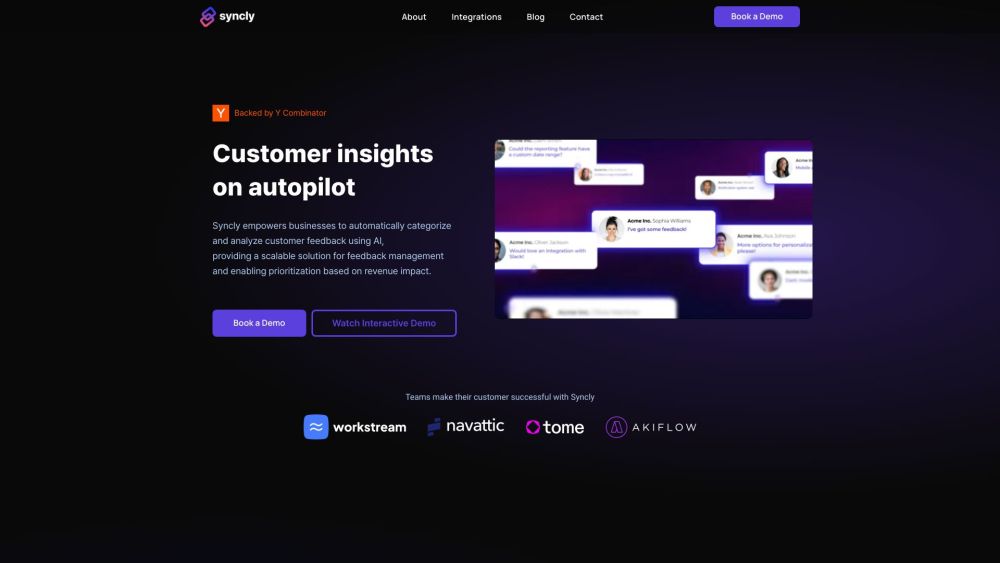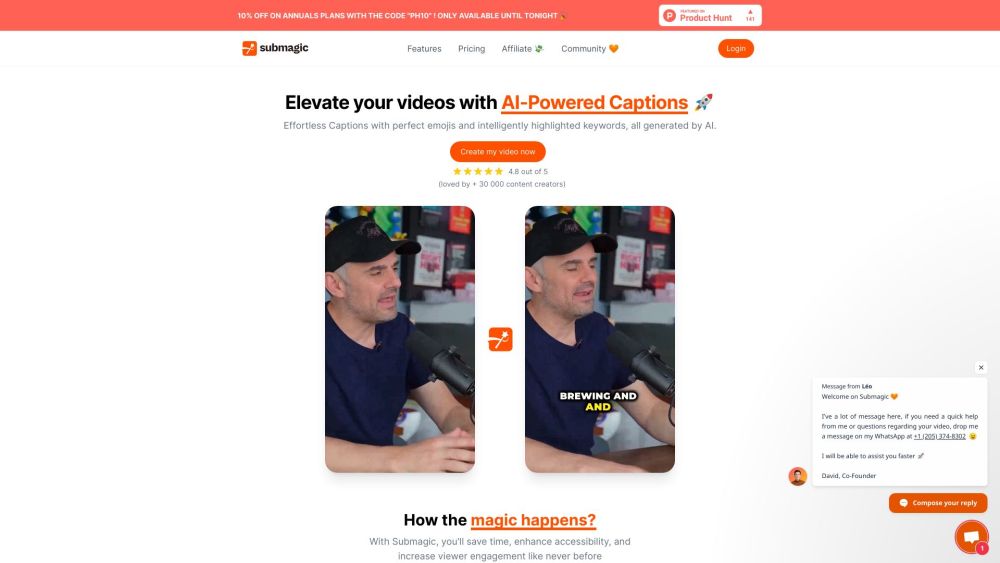“Infer and model human actions on computer interfaces by learning users’ intentions and behaviors when interacting with specific apps, then quickly and reliably mimic and execute these actions.” This is the innovative promise of the Rabbit R1, a sleek, cutting-edge device showcased at CES 2024. In essence, it aims to streamline our interactions with smartphone apps, preventing us from becoming lost in a digital labyrinth.
The Rabbit R1 is designed to replicate human interactions seamlessly by observing user behavior and removing the need for manual app navigation. Remarkably, it operates independently without requiring a phone for pairing. Integrated cellular connectivity and Wi-Fi enable the device to perform AI-driven tasks across various apps without needing to open them on a smartphone.
The goal is to create an app-free experience for human-machine interactions. Instead of tapping on your phone’s touchscreen, you simply let the device observe and learn, allowing it to execute tasks using voice commands in the future.
Think of it as the Analogue Pocket gaming handset but without buttons—add a camera and intelligent AI, and you have the Rabbit R1. Weighing just 115 grams (almost half the weight of an iPhone 15 Pro Max), this device has been developed in partnership with Teenage Engineering, known for their exquisitely crafted, high-end gadgets. The front includes a 2.88-inch touch-sensitive display, a button for voice interaction similar to the Humane AI Pin, and a 360-degree rotating camera for video calls. Additionally, there’s a scroll wheel for swiftly navigating task cards on the screen. Rabbit confidently claims that the R1 can outperform flagship smartphones when it comes to executing tasks.
However, design is only one aspect, as the R1 primarily focuses on AI capabilities. Rather than using a large language model (LLM) from major tech companies like Meta, the device runs on Rabbit's proprietary software named Large Action Model (LAM). This foundation model is integral to the device's intelligent features. The Los Angeles-based company states that Rabbit OS comprehends user intentions, interacts with screens and buttons, and performs tasks like a virtual assistant. Simply hold the device close to your mouth and issue a voice command. The R1 learns a mobile app’s interface, saves it to a cloud-based platform, and triggers actions based on users’ voice commands.
Tasks are managed by "rabbits," or AI agents, capable of executing complex operations that conventional assistants like Alexa and Siri cannot. For instance, these agents can conduct detailed web research for online travel bookings or compile an online grocery cart and process payment. At launch, the learn-and-duplicate feature will support “most popular apps,” but the true potential lies in its customizability.
Remember Siri Shortcuts and custom Android routines? Rabbit is working on an experimental feature that allows users to create tailored AI agents, or “rabbits,” designed to perform specific tasks within chosen apps. The Rabbit R1 is powered by MediaTek’s Helio P35, paired with 4GB of RAM and 128GB of internal storage.
It includes a USB-C charging port, and the battery is said to last a full day. The company also emphasizes privacy, claiming the R1 does not store any login credentials. For instance, if Uber is on your phone, the R1 will learn your task flow and execute it via voice commands later, but your login details remain verified on Uber’s servers. Users can easily delete stored data and specify which tasks the AI agents, or “rabbits,” can execute. A notable privacy feature ensures the R1 only begins listening when the physical button is pressed, and the camera defaults to facing down.
Currently, the Rabbit R1 is available exclusively in the U.S. and can be purchased through the company’s website. Preorders are live, with shipments scheduled to start in March.






